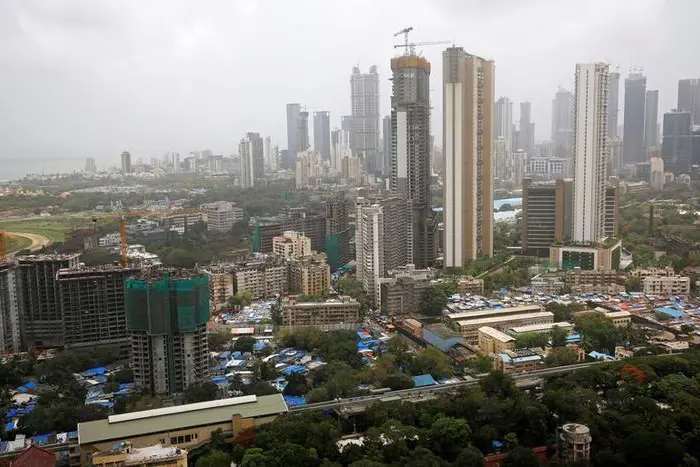PHOTO
As rising Covid-19 cases in India will keep private spending and investment lower for longer, S&P Global Ratings now expects the country's economy to contract by nine per cent in the current fiscal year, which ends March 31, 2021.
S&P is the latest among several global rating agencies and analysts to project a deeper contraction and gloomier prospects for Asia's third largest economy even as American investment bank Goldman Sachs and Japanese research firm Nomura voiced optimism for a recovery in 2021 "earlier than otherwise predicted by economists".
"Our previous forecast put the economic hit from Covid at 5.0 per cent," S&P said. "One factor holding back private economic activity is the continued escalation of the Covid-19," said Vishrut Rana, Asia-Pacific economist for S&P Global Ratings.
India's economy shrank 23.9 per cent year over year in the March to June period, larger than most analysts expected.
Global rating agencies Moody's and Fitch also have painted a more dismal future for India.
Fitch Ratings slashed its FY21 GDP forecast for India to a contraction of 10.5 per cent from a contraction of 5.0 per cent estimated in June, holding that limited fiscal support, fragilities in the financial system, and a continued rise in coronavirus cases hamper rapid normalisation in activity.
India Ratings, the India arm of Fitch, however, is more pessimistic about the Indian economy. India Ratings revised downward its FY21 GDP estimate for India to a decline of 11.8 per cent from a contraction of 5.3 per cent estimated earlier. According to India Ratings, GDP will bounce back to 9.9 per cent growth in FY22 helped mainly by a weak base of FY21. It estimated economic loss in FY21 at ?18.44 trillion.
Moody's also projected an 11.5 per cent contraction in India's growth, reversing its previous estimate of 4.2 per cent contraction.
"India's credit profile is increasingly constrained by low growth, high debt burden and a weak financial system," said Moody's.
However, Moody's expects India's economic growth to rebound to 10.6 per cent in the next fiscal year (FY22) on strong base effect.
Morgan Stanley, predicting that a V-shaped recovery in the global economy was playing out faster than originally thought, said Indian economy will, however, bounce to 9.5 per cent growth in 2021.
According to S&P, the pandemic, and tight lockdown measures enforced to combat it, knocked private consumption by 26.7 per cent while fixed investment sank 47.1 per cent. Higher welfare spending prevented an even sharper fall in growth. Agriculture cushioned the blow as it was the only major sector to expand, thanks to a favourable monsoon season, the rating agency said.
"We believe industrial activity is recovering faster than services. However, high frequency indicators suggest that output is still lower relative to the same period last year and hence growth for the June-September quarter will be negative year on year," said S&P.
"The potential for further monetary support is curbed by India's inflation worries," said Rana.
The Reserve Bank of India has cut policy rates by 115 basis points so far this year, to 4.0 per cent. However, rising food inflation has pushed inflation to 6.9 per cent in July, higher than the upper band of the central bank's 2.0 per cent-6.0 per cent target range. This will constrain the central bank from cutting policy rates further.
S&P said India's high deficits limit the scope for fiscal stimulus. While fiscal spending increased during the March-June quarter, the targeted fiscal stimulus measures announced so far amounts to about 1.2 per cent of GDP. This magnitude is lower compared with global averages, it said.
The International Monetary Fund estimates that on average comparable stimulus measures across global emerging markets have been about 3.1 per cent of the GDP.
Khaleej Times: Copyright © 2017 Khaleej Times. All Rights Reserved. Provided by SyndiGate Media Inc. ( www.Syndigate.info).
Disclaimer: The content of this article is syndicated or provided to this website from an external third party provider. We are not responsible for, and do not control, such external websites, entities, applications or media publishers. The body of the text is provided on an “as is” and “as available” basis and has not been edited in any way. Neither we nor our affiliates guarantee the accuracy of or endorse the views or opinions expressed in this article. Read our full disclaimer policy here.












